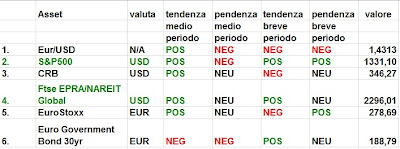For nearly 30 years, Wilmers has run the M&T Bank, based in Buffalo. When he took it over, M&T had $2 billion in assets; today, its assets exceed $68 billion, and it's one of the most highly regarded regional bank holding companies. It has also been one of the best performing stocks in the Standard & Poor's 500-stock index; indeed, M&T was one of only two banks in the S.& P. 500 that didn't cut its dividend during the financial crisis. Wilmers's report, however, was less about the company's numbers than about the dismal state of his beloved profession. Wilmers, it turns out, is that rarest of birds: a banker willing to tell harsh truths about banking. That, for instance, much of the money the big banks earn comes from trading profits "rather than the prudent extension of credit that furthers commerce." That derivatives had helped bring about the crisis and needed to be regulated. That bank executives were wildly overpaid. That the biggest banks -the Too Big to Fail Banks -were operating, as he put it, an "unsafe business model."
Secondo Wilmers un'industria un tempo relativamente semplice e con uma naturale avversione per il rischio
"It has become a virtual casino," he replied. "To me, banks exist for people to keep their liquid income, and also to finance trade and commerce." Yet the six largest holding companies, which made a combined $75 billion last year, had $56 billion in trading revenues. "If you assume, as I do, that trading revenues go straight to the bottom line, that means that trading, not lending, is how they make most of their money," he said. This was a problem for several reasons. First, it meant that banks were taking excessive risks that were never really envisioned when the government began insuring deposits -and became, in effect, the backstop for the banking industry. Second, bank C.E.O.'s were being compensated in no small part on their trading profits -which gave them every incentive to keep taking those excessive risks. Indeed, in 2007, the chief executives of the Too Big to Fail Banks made, on average, $26 million, according to Wilmers -more than double the compensation of the top nonbank Fortune 500 executives. (Wilmers made around $2 million last year.) Finally -and this is what particularly galled him -trading derivatives and other securities really had nothing to do with the underlying purpose of banking. He told me that he thought the Glass-Steagall Act -the Depression-era law that separated commercial and investment banks -should never have been abolished and that derivates need to be brought under government control. "It doesn't need to be studied for two years," he said. "I would put derivative trading in a subsidiary and tax it at a higher rate. If they fail, they fail."
Le opinioni del Sig. Wilmers sono nette e forse un po' semplicistiche, ma se siete curiosi potete trovare l'articolo
qui: il titolo scelto dal NYT è: The Good Banker
Sull'argomento del rischio sistemico, le banche e i derivati potete anche dare un'occhiata a questo post:
I derivati e il rischio sistemico
Published with Blogger-droid v1.6.9








